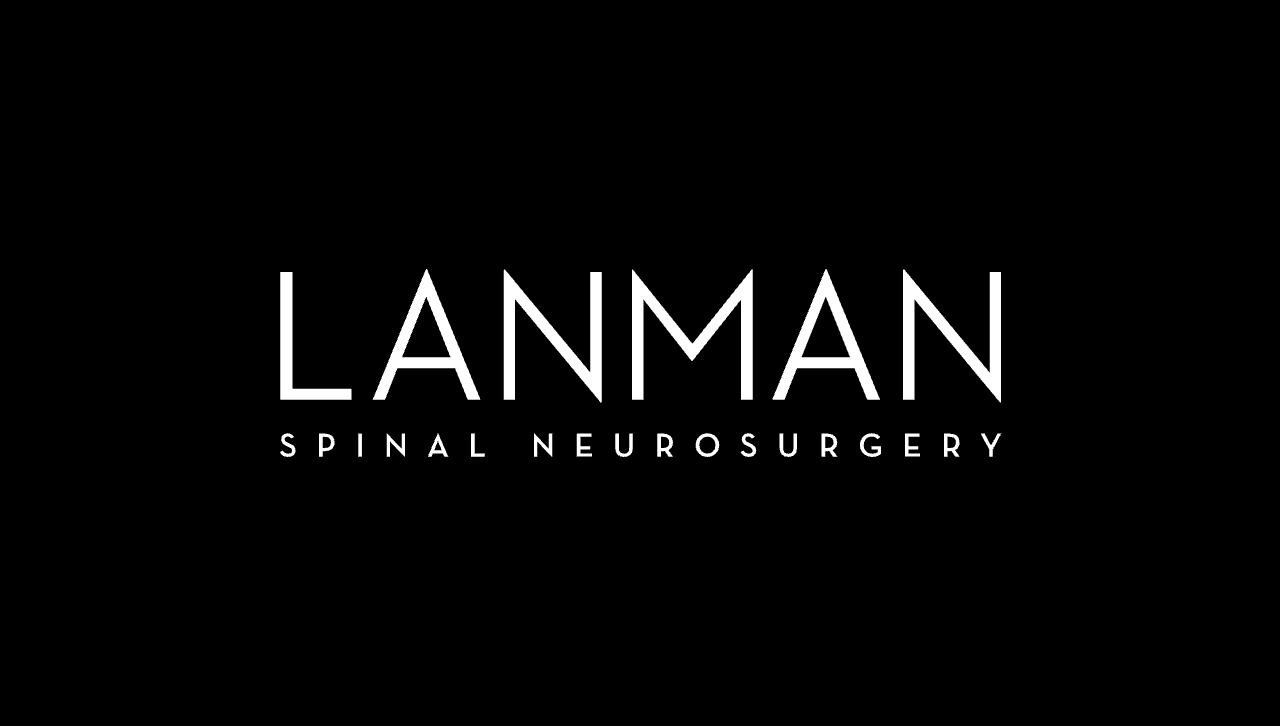

If you are a candidate for cervical disc replacement, you know how degenerative disc disease and chronic neck pain has affected your life. You are likely experiencing neck stiffness, shooting pain, numbness, a “pins and needles” sensation, or even muscle weakness and atrophy. For those with chronic neck pain, it can be comforting to consider what life could be like after cervical disc replacement.
Short term recovery from cervical disc replacement is similar to other spine surgeries; there is a period of relative rest and limited activity during which the body heals. This period usually lasts between 2 to 6 weeks (though recovery is faster after disc replacement than after spinal fusion surgery). What is more interesting to contemplate is what to expect long term after surgery.
Perhaps the best way to envision what daily living will be like after cervical disc replacement is to think about what you have lost, and what you could regain. Many people with severe, chronic neck pain have had to make changes in their daily activities to work around the pain. Driving a car, carrying shopping bags, or simply performing actions that move the neck (most actions!), can be too painful. After cervical disc replacement surgery, most people can return to a life with minimal to no neck pain. In other words, the things you have lost because of chronic neck pain may be yours once again.
For those who have lost the ability to do so, simple activities like driving a car or looking down at a smartphone can be a source of joy. However, the greatest benefit of disc replacement surgery is not simply regaining the ability to perform routine activities, but to return to the activities you love like golf, tennis, hiking or racquetball. Unlike spinal fusion surgery that fuses the spinal bones together, cervical disc replacement surgery replaces the damaged disc with an artificial one, restoring spinal motion and flexibility. Not only do patients experience less pain after cervical disc replacement, but they can also bend, stretch, and flex the neck in ways they haven’t been able to for months or even years.
Will I have any long-term pain post cervical disc replacement?
You will probably not have any long-term pain after cervical disc replacement, but it is a possibility. A small fraction of people may not find the degree of pain relief they had hoped to achieve. Some people report mild ongoing pain, but the degree is usually considerably less than it was just before surgery.
How successful is cervical disc replacement?
Success rates of cervical disc replacement are about 90% across clinical studies. This means the overwhelming majority of people who have cervical disc replacement experience little to no pain after they have healed from the surgery. The surgery also relieves other symptoms of cervical disc degeneration such as paresthesias and weakness in most patients. Patient satisfaction scores are consistently and remarkably high with more than 85% of people stating they would have the surgery again or recommend it to a friend.
What can’t I do after cervical disc replacement?
Very little, really. Cervical disc replacement is a way to return to a normal, healthy, active lifestyle for most patients. Of course, people will not be able to return to work or lift heavy objects for several weeks after surgery. Long term, however, the artificial disc takes the place of the natural disc, allows the spine to support weight and moves in various directions. For most people, if they could do something before they started experiencing neck pain, chances are they will be able to do it again after they have recovered from cervical disc replacement surgery.
Will my artificial disc set off a metal detector?
Surprisingly, even metal artificial cervical discs do not usually cause magnetometers to alert. Of course, the device will be visible on X-ray or other radiological-based screens, but most people can pass through metal detectors without a problem.